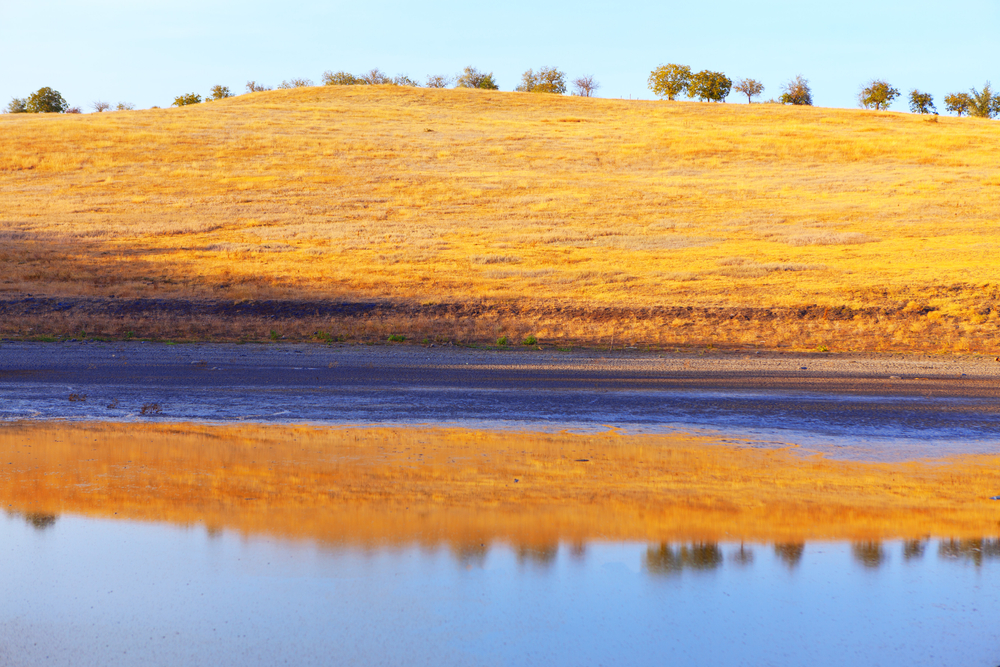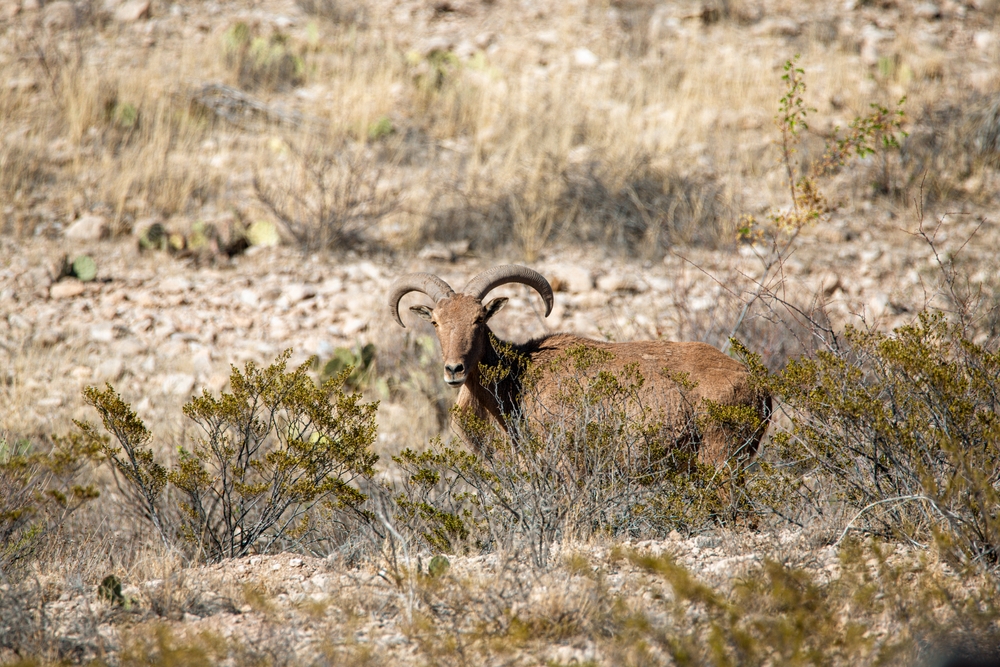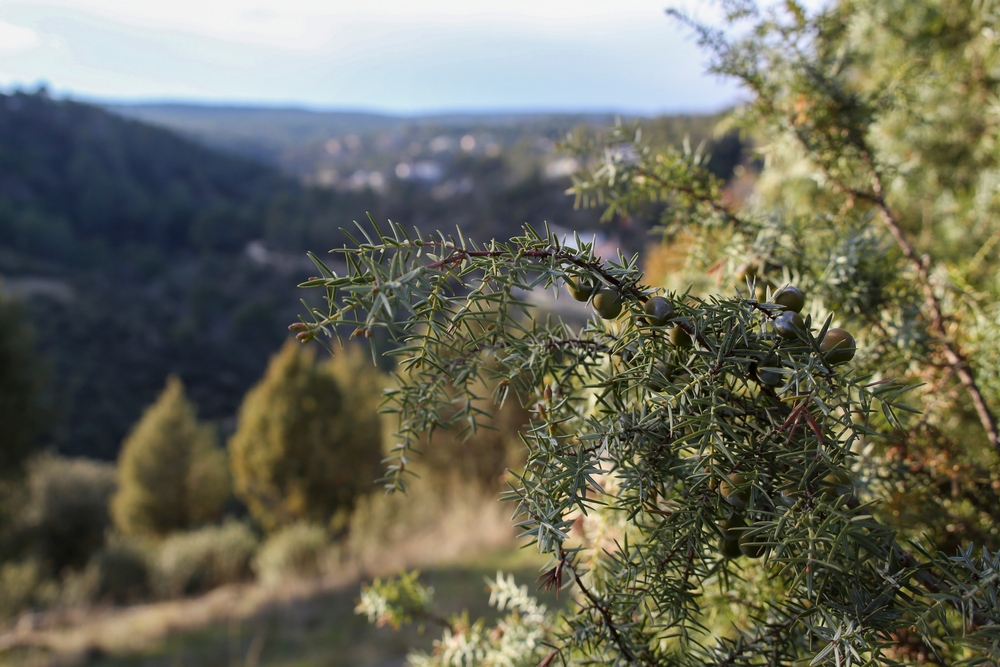Karabolli Overview
Karabolli National Park, also known locally as “Qarabolly,” is a protected natural area situated in the far northwest of Libya near the Mediterranean coastline, not far from the capital city of Tripoli. Established in 1992, the park is a vital part of Libya’s ecological network, offering a sanctuary for wildlife and a place of natural beauty amidst an otherwise arid region. Known for its diverse terrain, unique Mediterranean vegetation, and cultural importance, Karabolli attracts researchers, conservationists, and visitors seeking a peaceful retreat into nature.
The terrain of Karabolli National Park is characterized by its blend of coastal and inland ecosystems. Its Mediterranean shoreline features sandy beaches and rocky cliffs that contrast with inland plains, rolling hills, and wetland areas. Seasonal rivers and lagoons add to the ecological complexity, creating habitats that support a wide array of species. The vegetation is a mix of drought-resistant plants such as wild olives, mastic trees, and junipers, alongside lush grasses and shrubs that thrive in the wetter areas. Seasonal blooms of wildflowers add vibrant colors to the landscape, especially in spring.
The park is home to a variety of wildlife, some of which are rare or endangered. Mammals such as red foxes, jackals, and hares roam the area, while bird species like herons, flamingos, and migratory birds find refuge in the park’s wetlands. Raptors such as eagles and kestrels can often be seen soaring above the cliffs. Marine life in the coastal areas includes fish, crustaceans, and occasionally sea turtles, contributing to the park’s ecological richness.
Visitors to Karabolli National Park can enjoy a range of activities that allow them to immerse themselves in its natural beauty. Hiking trails lead through rolling hills and along the coastline, offering panoramic views of the Mediterranean Sea. Birdwatching is particularly rewarding during migration seasons, and the wetlands provide an excellent opportunity to observe waterbirds and aquatic ecosystems. The beaches are ideal for relaxing, while guided tours offer insights into the park’s flora, fauna, and cultural significance.
Despite its beauty, Karabolli National Park faces challenges such as habitat degradation, pollution from nearby urban areas, and overuse of its natural resources. Conservation efforts, led by local authorities and environmental organizations, aim to address these issues through habitat restoration, waste management initiatives, and public education programs. Sustainable tourism projects are also being developed to create economic benefits for nearby communities while protecting the park’s ecosystems.
Karabolli National Park is a testament to the ecological and cultural diversity of Libya’s Mediterranean region. Its varied landscapes, rich biodiversity, and tranquil atmosphere make it a vital natural sanctuary. By preserving Karabolli, Libya not only safeguards its environmental heritage but also provides a resource for education, tourism, and ecological research. The park offers a glimpse of what sustainable coexistence with nature can achieve, ensuring its treasures endure for generations to come.












































































